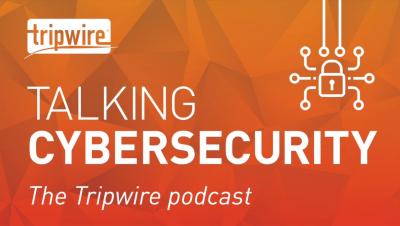Cybersecurity and Drones: How to Address the Security Threats
The Unmanned Aerial Systems (UAS) industry has become a massive technological playground worldwide. Their extensive applications make UAS very popular for the public and the private sector. Armed forces, agricultural industry, law enforcement, meteorological agencies, medical services, environmental companies, and oil refineries are but a few out of the excessive list of UAS users.



